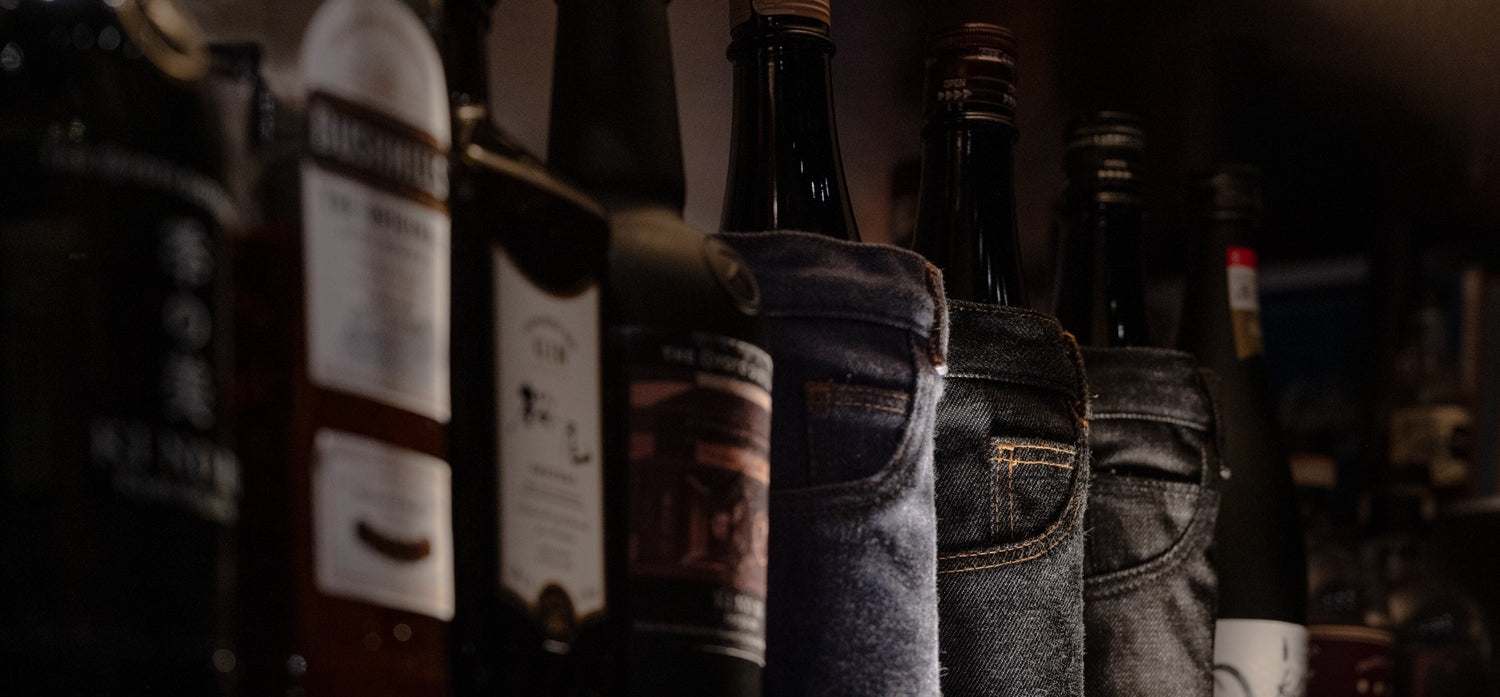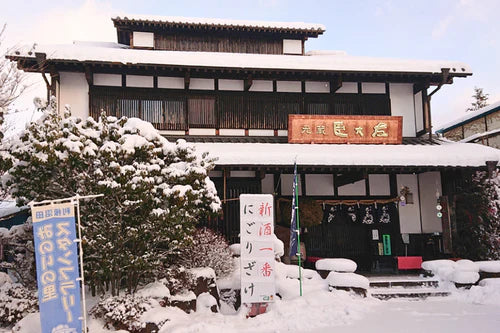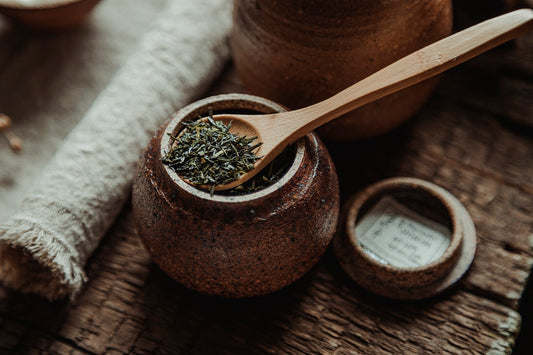Thank you for visiting the Sakura Town Sake Store today!!
Sakura Town offers a wide variety of premium sake, low alcohol sake, sparkling sake, and pesticide-free sake, and we can ship worldwide. You can see our carrying items from here :)
Last Article
In my last blog, I wrote about water, which is essential for sake brewing. I would like you to actually compare the taste once to see if there is a change in taste just because of the difference in water. We would be happy if you could learn about the sake brewed with the natural Japanese air and pure Japanese water, along with the background of the sake.
Today's Topic
Have you ever heard of "Hiyaoroshi" as the title says? The term "hiyaoroshi" is not a familiar one, especially for those who are not frequent sake drinkers.
It is called hiyaoroshi because sake brewed in winter and pressed in early spring is hi-ire (heat sterilized) so that it can withstand aging, stored in a cold warehouse during the summer, and then unloaded (chilled) without being hi-ire for a second time.
In recent years, the definition of hiyaoroshi has been defined as "sake brewed during the severe cold season, matured over the summer, and released at the beginning of autumn when it is in a good state of maturity.
Difference between "Hiyaoroshi", " Seishu" and "Nama-Zake".
So, what exactly is the difference between hiyaoroshi, seishu, and nama-zake? As explained earlier, hiyaoroshi is brewed in winter, hi-ire in spring, matured during summer, and released in fall, giving it an increased umami (flavor) and a mellowed, matured taste. Seishu is hi-ire twice to stop fermentation, thus preserving the aroma. Nama-zake is a sake that is not hi-ire at all. Nama Sake is attractive for its fresh flavor. This is what we call "Hatsu Shibori" or "Summer Nama Sake!" Each has its own different flavor qualities.
Tasty way to drink
Hiyaoroshi is available from September to November. The tasty way to drink it varies depending on the timing of the season.
-
September
September hiyaoroshi is available when the summer has passed and cool breezes begin to blow. The bitterness and astringency have softened, the roughness has been removed, and while it is rich, it is light and mellow. It is recommended to be served cold or at room temperature.
-
October
Available in October, has a good flavor and a perfect balance of aroma and taste. It can be enjoyed either cold or warmed, depending on your mood and cuisine.
-
November
The November hiyaoroshi, which is available at the end of autumn, is so rich and mellow that it deserves to be called fully ripe. It goes well with Japanese dishes made with soy sauce, salt, miso, etc.! Since the temperature drops quite a bit during this time of the year, we recommend warm or hot.
Finally
Autumn in Japan is said to be the season of appetite, and people eat more and more seasonal foods to increase their appetite. When you visit Japan in autumn, please enjoy hiyaoroshi with dishes using seasonal ingredients.
See you again in our next blog!





